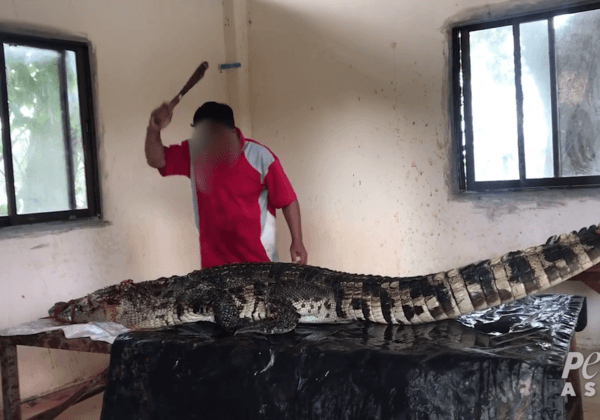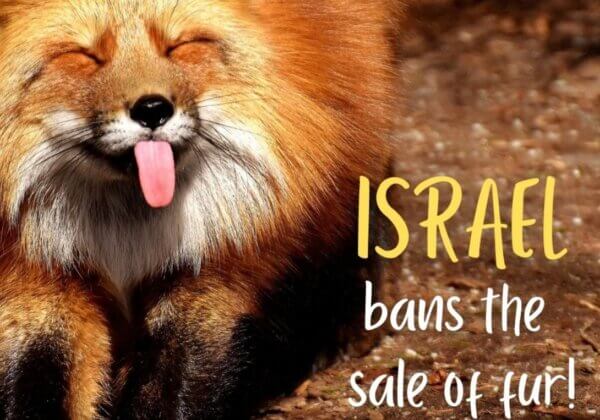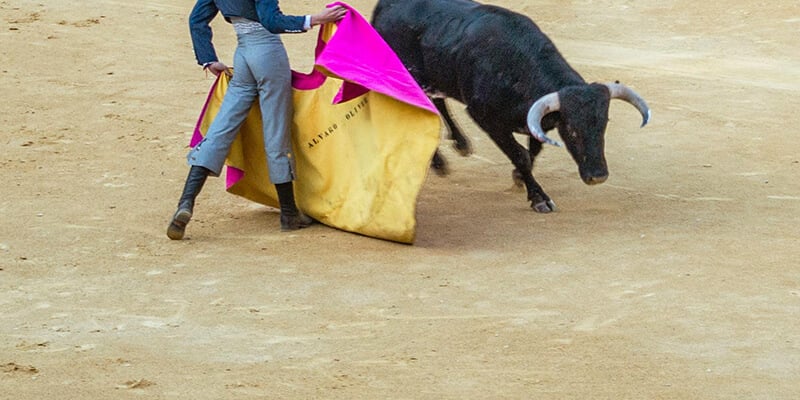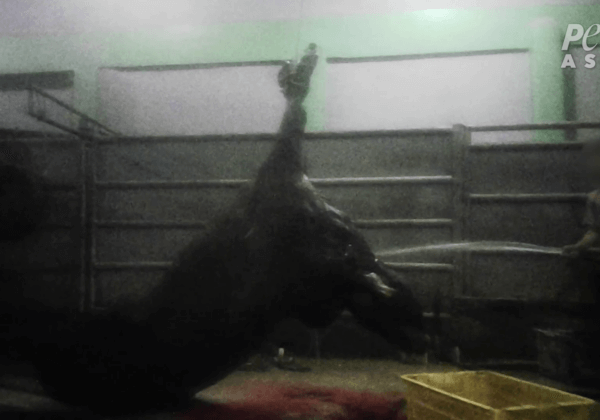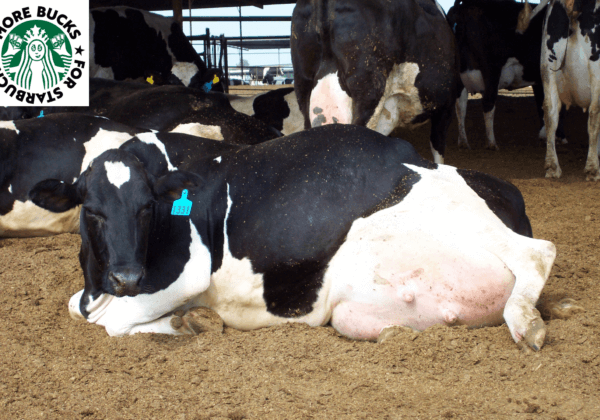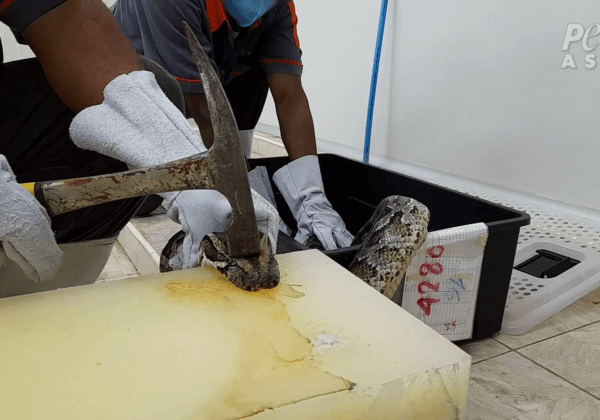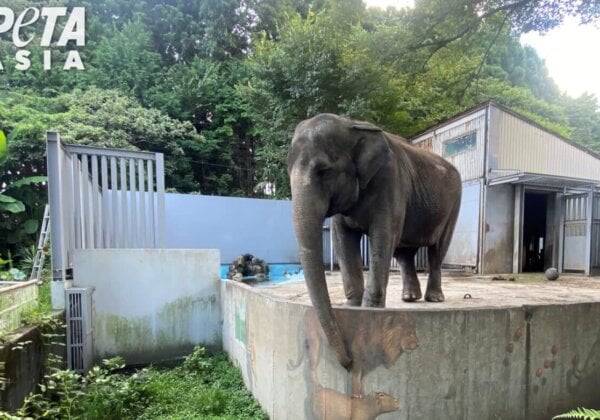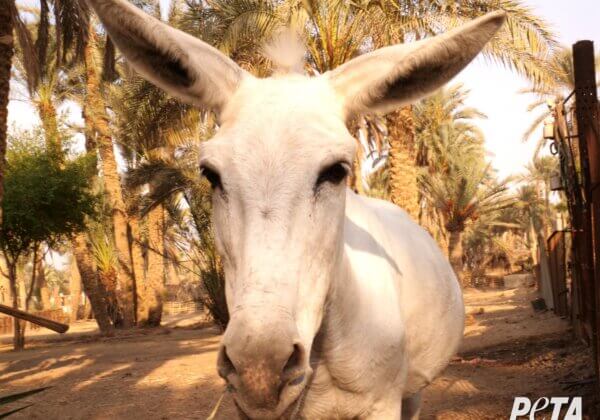Myth: Wool Doesn’t Hurt
 I learned about wool at the county fair in my hometown. I was standing inside a barn at the fair when the sheep shearing contest started. Men grabbed the nearest sheep, violently wrestled them to the ground, pinned the sheep with their own hands and legs, and began shearing with a loud electric razor as fast as possible, resulting in several cuts to the sheep’s skin. The frightened sheep were flailing and fighting to get away—kicking and literally screaming.
I learned about wool at the county fair in my hometown. I was standing inside a barn at the fair when the sheep shearing contest started. Men grabbed the nearest sheep, violently wrestled them to the ground, pinned the sheep with their own hands and legs, and began shearing with a loud electric razor as fast as possible, resulting in several cuts to the sheep’s skin. The frightened sheep were flailing and fighting to get away—kicking and literally screaming.
What I saw was only a tiny glimpse of the barbaric and terrifying wool trade. Many people believe that sheep aren’t hurt for their wool and that they need to be sheared. Don’t believe the myth. Without human interference, sheep would produce just enough wool to protect themselves from temperature extremes. Instead, modern breeding and farming have created a gruesome and deadly profit-driven industry.
In Australia, where 25 percent of the world’s wool comes from, Merino sheep are bred to have extra skin folds—so that they produce more wool, so much wool that many sheep collapse and die from exhaustion during hot months. The skin flaps also hold water, and flies lay eggs in them. Seeking to maximize profits, farmers perform mulesing—a barbaric operation that hacks away at the skin and flesh on the backside of sheep to create smooth scar tissue.
Even the sheep who survive the horrors of mulesing and the heat will still end up in a slaughterhouse. Once sheep start to produce less wool, they are crammed onto ships bound for the Middle East, Africa, or Southeast Asia to be killed. On export ships from Australia, sheep are starved to death, are trampled, become ill, and are sometimes confined for months until import approvals arrive. Before slaughter, the sheep are beaten, kicked, and yanked off trucks and into slaughterhouses by their ears and legs, and some are left to die from exposure to extreme temperatures. They then have their throats cut while they are still conscious and are left to bleed to death in misery.
If you don’t want to support cruelty to animals, the solution is simple—don’t buy wool.
Posted by Edwina Baier

